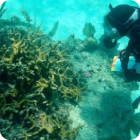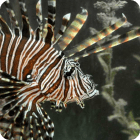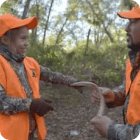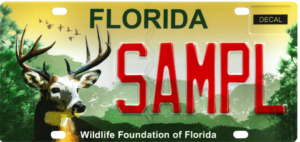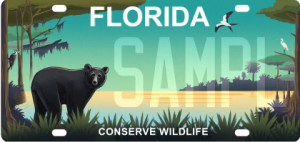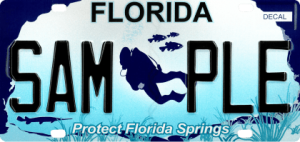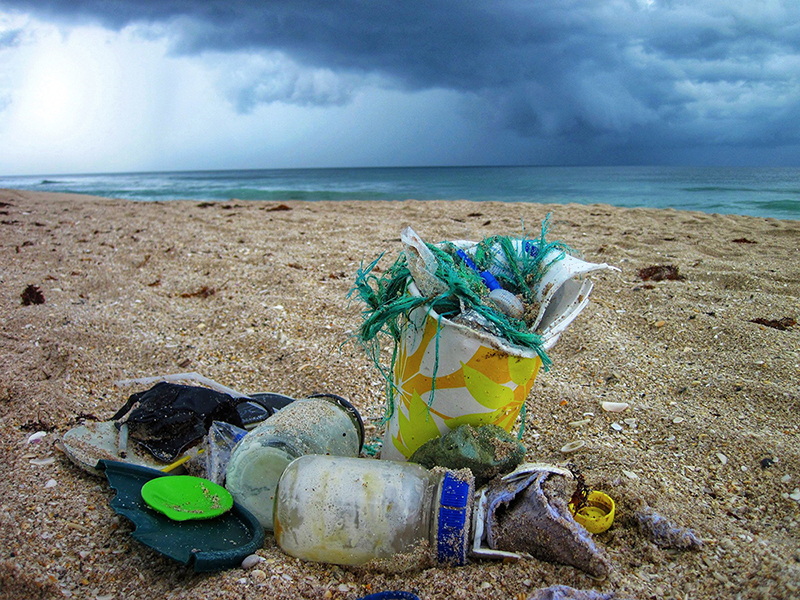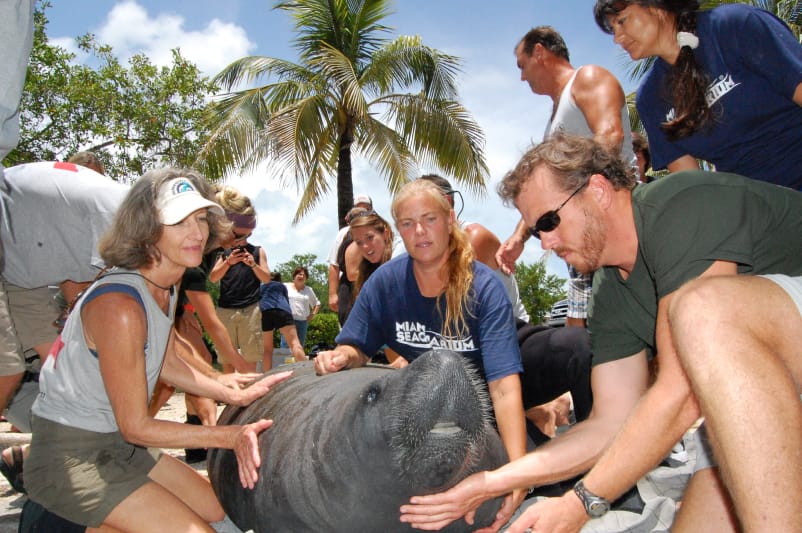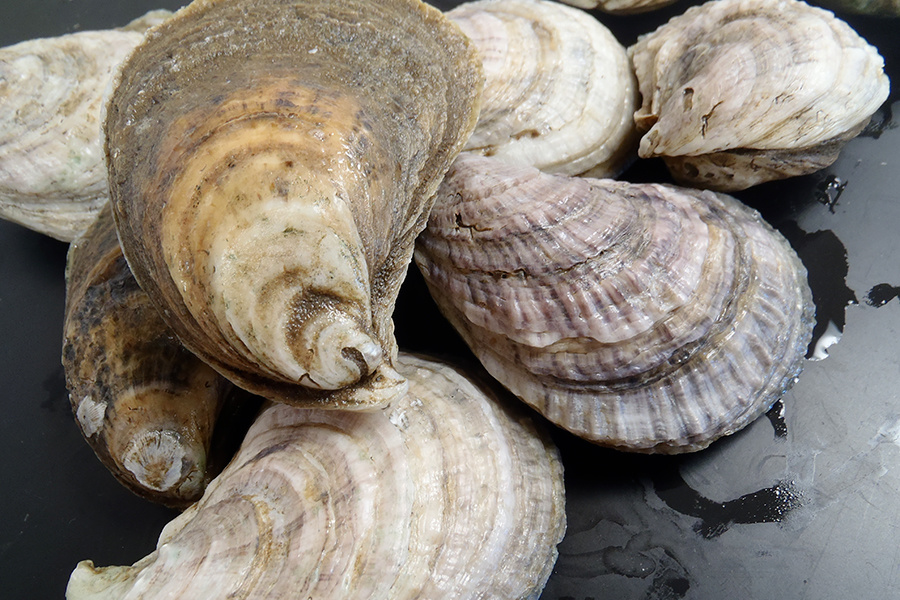
By: Kyle Grammatica
A study published recently in the journal Biology Letters shows that Florida’s oysters have undergone a substantial size reduction over time. In prehistoric times, the oysters found in the Crystal River area would grow up to 7 inches long; now their typical size is 4 ½ inches long maximum. The study was conducted after a USF professor found that his research on the ancient oyster shells at Crystal River paralleled research being conducted by other scientists. The scientists combined their expertise to produce the new study.
While the shrinkage has been documented, the reasons for the shrinkage are not fully known. One theory is that the warming Gulf of Mexico is responsible. When the temperature of water increases, the oxygen in the water decreases, which could affect the size of the oysters. However, warming water and climate change is not the only explanation possible. Another factor could be the altered watershed around Crystal River. In the 1800’s farms, mines, railroads, and houses were built near Crystal River and forested areas were cut down in the process. The development could have changed the water chemistry in the region, which then affected the oysters. The researchers have compared the chemical composition of the modern shells and the ancient shells but are still not sure if the size change is a permanent genetic adaptation or if it can be altered. They hope to conduct further research that will help them learn more about the causes of the shrinking oysters and if it can be reversed.
About Florida’s Oysters
Florida tends to grow eastern oysters, which can be found from the Yucatan Peninsula in the Gulf of Mexico to the St. Lawrence River in Canada. They are one of Florida’s top commercial seafood products. Oysters play an important role in the ocean ecosystem, acting as filters that clean the water. One oyster alone can filter 25 gallons of water in a day. Oyster reefs also help stabilize the coastline and provide habitat for fish, shrimp, crabs, and other animals. They filter-feed on plankton and detritus and are preyed upon by anemones, mollusks, crustaceans, and fish. To protect Florida’s wildlife, like oysters, and the delicate ecosystem we all rely on, donate here.

